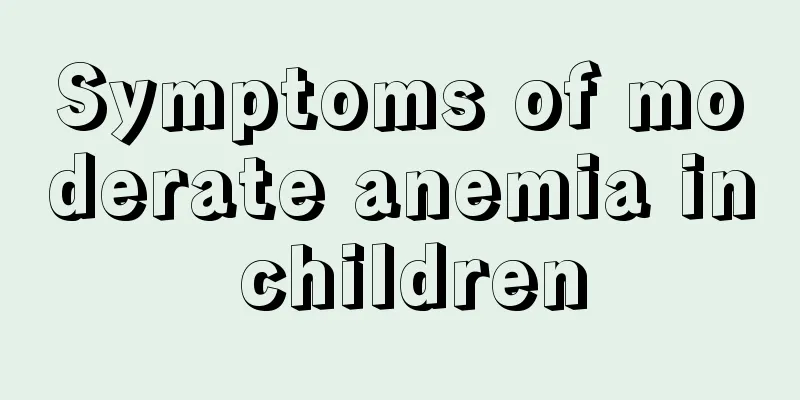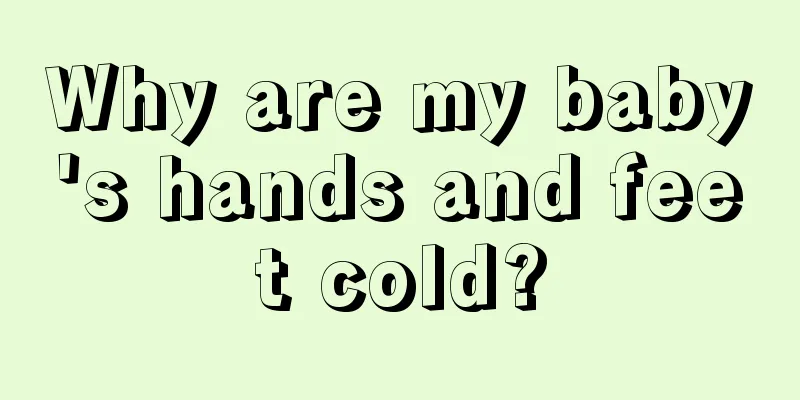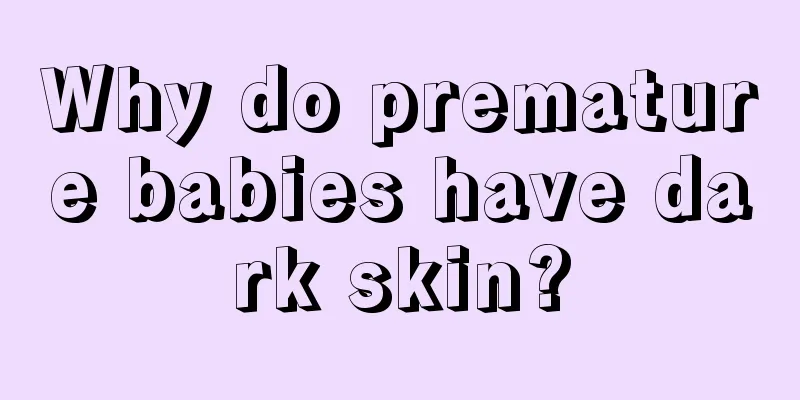Symptoms of moderate anemia in children

|
Children are often prone to this disease when they are very young. Anemia in children is a very serious disease and is very harmful to the child's body. If the child's anemia is not treated properly, it is very likely that the child will become thin, lack nutrition, and have decreased resistance. These symptoms have a great impact on the child, but if parents do not know the symptoms of the child's disease, they will not know how to treat it. Let's take a look at the symptoms of moderate anemia in children. The presence or severity of anemia symptoms depends on the degree of anemia, the speed of anemia onset, whether there is a change in circulating blood volume, the patient's age, and the compensatory capacity of the cardiovascular system. If anemia develops slowly, the body can gradually adapt, and even if the anemia is severe, physiological functions can still be maintained; on the contrary, if anemia occurs in a short period of time, even if the degree of anemia is not severe, obvious symptoms may occur. The symptoms are more obvious in the elderly and weak or those with reduced heart and lung function. The general symptoms and signs of anemia are as follows: 1. Weakness: Fatigue and drowsiness are caused by lack of oxygen to the muscles and are the most common and earliest symptoms. 2. Paleness of skin and mucous membranes: The skin, mucous membranes, conjunctiva, and the distribution and contraction and relaxation of skin capillaries are affected by factors such as the color of the conjunctiva, thenar and hypothenar eminences of the palm, and nail beds. It is generally believed that the color of the conjunctiva, thenar and hypothenar eminences of the palm, and nail beds are more reliable. 3. Cardiovascular system: Palpitations are one of the most prominent symptoms. There is tachycardia. A soft systolic murmur, called anemic murmur, can be heard at the apex or pulmonary valve area. A diastolic murmur may be heard in severe anemia. Severe anemia or pre-existing coronary heart disease may cause angina pectoris, cardiac enlargement, and heart failure. 4. Respiratory system: Shortness of breath or difficulty breathing is mostly caused by hypoxia or hypercapnia in the respiratory center. 5. Central nervous system: Dizziness, headache, tinnitus, blurred vision, inattention and drowsiness are common symptoms. Syncope and even confusion may occur in patients with severe anemia or sudden onset, especially in the elderly. 6. Digestive system: Loss of appetite, abdominal bloating, nausea, and constipation are the most common symptoms. 7. Reproductive system: Female patients often have menstrual disorders, such as amenorrhea or menorrhagia. Decreased libido is common in both men and women. 8. Urinary system: Patients with severe anemia may have mild proteinuria and reduced urine concentration function. If a child develops anemia, the first thing that will change is the skin, because anemia can cause a decrease in the number of red blood cells in the body, causing the skin of the face and hands to appear pale. If the anemia is more severe, the skin will become waxy yellow. In addition, children with long-term anemia will also have dry hair and slow development. Because the human body's circulatory system and respiratory system are closely connected, once a child develops anemia, the tissues will be deprived of oxygen, and then the heart rate and breathing will become abnormal, with an increased heart rate and a stronger pulse. If a child has anemia, then our parents should not worry too much. Although anemia in children has a great impact, as long as we know the symptoms of the child's illness and treat the child in time according to the symptoms of the child's illness, the child will gradually recover. In life, give the child more blood-enriching foods. There are many blood-enriching foods. It is recommended to give the child more red dates and wolfberry foods. |
<<: What are the symptoms of zinc deficiency in ten-year-old children?
>>: Treatment of valvular heart disease in children
Recommend
How to treat bronchitis in a 3-year-old?
When it comes to children's bronchitis, mothe...
My four-month-old baby still has a little shaking head
After the baby is born, as the baby grows older, ...
Can children use air conditioning when they have a high fever?
In the hot summer, people always turn on the air ...
Nine-month-old baby weight standard
With the implementation of family planning, child...
Is garlic effective in treating children's cough?
Garlic plays many roles in our lives. Not only do...
Hearing screening methods for children
Children's hearing is of particular concern t...
What to do if your child's front teeth feel loose
During the secondary tooth eruption period, all t...
What should I do if my newborn baby has loose stools?
The birth of a baby brings great happiness to a f...
Pink on baby diapers
Careful parents usually pay more attention to the...
What causes dark spots in children's eyes?
If dark spots appear in your baby's eyes, it ...
What to do if your child's face is scratched?
Children will become very naughty when running an...
What to do if baby's gastroenteritis does not get better after taking berberine
If a baby has gastroenteritis, he should be treat...
Best treatment for rhinitis in children
There are more and more rhinitis patients around ...
Can children with constipation drink honey water?
Honey is a viscous liquid. When it enters the hum...
How to treat children’s tics with traditional Chinese medicine?
Children's tics should be discovered and trea...









